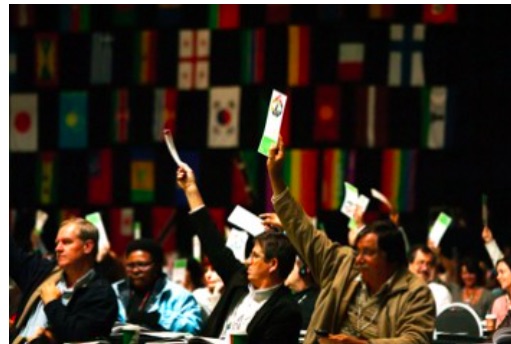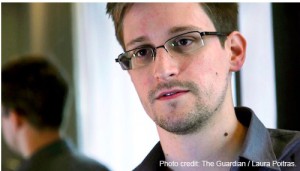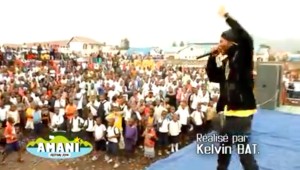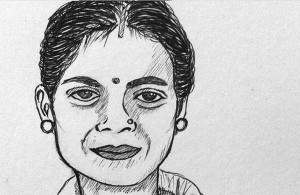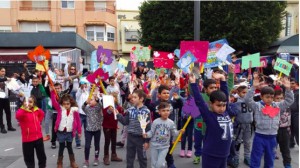EDUCATION FOR PEACE .
An article from the UNESCO Media Services
A transformative vision for education over the next 15 years has been adopted at the World Education Forum, which concluded today [21 May] in Incheon, Republic of Korea. The Incheon Declaration was welcomed by the global education community, including government ministers from more than 100 countries, non-governmental organizations and youth groups. It encourages countries to provide inclusive, equitable, quality education and life-long learning opportunities for all. The Declaration will underpin the education targets in the Sustainable Development Goals that will be ratified at the United Nations in September.

“This Declaration is a huge step forward,” stated the Director-General of UNESCO, Irina Bokova. “It reflects our determination to ensure that all children and young people gain the knowledge and skills they need to live in dignity, to reach their potential and contribute to their societies as responsible global citizens. It encourages governments to provide learning opportunities through life, so that people can continue to grow and develop. It affirms that education is the key to global peace and sustainable development.”
The Incheon Declaration builds on the global Education for All (EFA) movement that was initiated in Jomtien, Thailand in 1990 and reiterated in Dakar, Senegal in 2000. EFA – and the Millennium Development Goal on Education – resulted in significant progress, but many of its targets, including universal access to primary education, remain unfulfilled. Currently, 58 million children remain out of school – most of them girls. In addition 250 million children are not learning basic skills, even though half of them have spent at least four years in school. The Incheon Declaration must finish the ambitious EFA and MDG agendas.
“If this generation of children is to someday reduce the inequalities and injustices that afflict the world today, we must give all our children a fair chance to learn. This must be our collective vision and commitment,” said UNICEF Executive Director, Anthony Lake.
The Incheon Declaration will be implemented through the Education 2030 Framework for Action, a roadmap for governments to be adopted by the end of the year. It will provide guidance on effective legal and policy frameworks for education, based on the principles of accountability, transparency and participatory governance. Effective implementation will require strong regional coordination and rigorous monitoring and evaluation of the education agenda. It will also require more funding, especially for the countries furthest from providing inclusive, quality education. The Declaration and Framework will urge countries to set nationally appropriate spending targets and increase Official Development Assistance to low income countries.
(This article is continued in the column on the right.)
(click here for the French version of this article or here for the Spanish version)
What is the relation between peace and education?
(Article continued from left column)
Speakers at the closing ceremony included Susan Hopgood, President of Education International, Kishore Singh, Special Rapporteur on the Right to Education, Mohamed Sameh Amr, Chair of UNESCO’s Executive Board, Georg Kell, Executive Director of the UN Global Compact, António Guterres, High Commissioner of UNHCR (via video), Geeta Rao Gupta, UNICEF’s Deputy Executive Director, Keith Hansen, Global Practices Vice President of the World Bank Group, Michaëlle Jean, Secretary-General of La Francophonie, Hwang Woo Yeo, Deputy Prime Minister of the Republic of Korea and Irina Bokova, Director-General of UNESCO.
“We all agree that every student has the right to quality, free, public education,” said Susan Hopgood, the President of Education International – an organization representing more than 30 million teachers and education workers around the world. “However, in order to realize any education goals, students in every classroom must be guaranteed a well-trained, professionally-qualified, motivated and supported teacher. Providing quality education for all will require changes to education systems. To implement the Education 2030 Framework for Action and improve the quality of education, it is fundamental that our education systems are transformed into ones that foster an open and collaborative culture.”
Education is essential to achieving all of the new Sustainable Development Goals. It is necessary to eradicate poverty, boost shared prosperity and broad-based economic growth, and build peaceful, tolerant societies. Today’s Declaration demonstrates the common commitment to deliver this vision. It shows how education can transform lives.
(Thank you to Janet Hudgins, the CPNN reporter for this article.)

